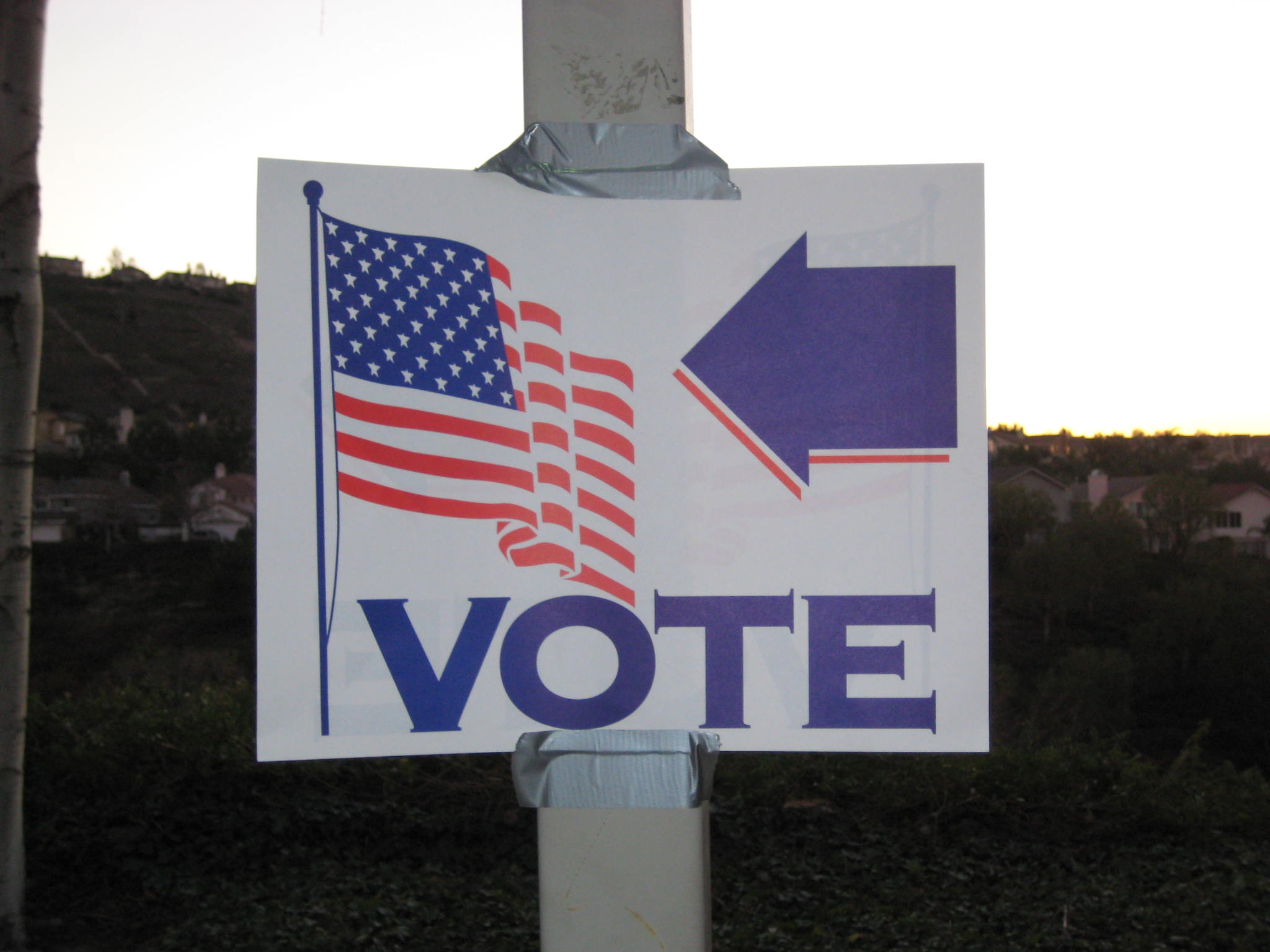Texas’s war on drop-off votes gets almost everything wrong

Last week Texas governor Greg Abbott became the latest Republican to attack America's vote-by-mail system. A proclamation he issued claimed that the threat of “illegal voting” justifies a dramatic decrease in the number of places that voters can hand-deliver their mail-in ballots.
His announcement limited each county to just one drop-off point, forcing vast areas with millions of voters to use a single ballot location in the middle of a pandemic.
Abbott argues that reducing the number of places mail-in ballots can be dropped off will increase security. But Eddie Perez, a Texas-based election administration expert with the nonpartisan OSET Institute, says there are already stringent rules in place to protect ballot drop-offs from fraud.
“Abbot’s justifications don’t hold water,” he says. “The procedures for voters when dropping off ballots include many security requirements relating to preserving integrity.”
In fact, it already takes a lot to drop off your ballot in Texas.
“Examples include the need to present identification, the requirement that voters can only drop off a ballot for themselves, and the need to sign signature rosters,” he says. “Remember: all of these activities take place as ballots are delivered into the hands of election officials at officially designated election locations. None of this happens willy-nilly.”
Just one day before Abbott’s announcement, the county clerk in Texas’s Travis County—home to 1.2 million people and the state capital of Austin—shared pictures of groups of election officials staffing the locations in order to enforce rules and ensure integrity.
Abbott’s move will disproportionately impact high-population counties that are Democratic strongholds in the state. Harris County—which includes Houston and has a population over 4 million—and Dallas County, population 2.6 million, both voted for Hillary Clinton in the 2016 election.
Abbott’s plan “increases the likelihood that more ballots from eligible voters will not be turned in and counted,” Perez says. “Even in the best of circumstances that don’t include a public health crisis, Harris County is around 2,000 square miles. It is larger than some states in the union. Even without a pandemic, this makes it harder to vote.”
Why use drop-offs at all?
Ballot drop boxes are designed to accept vote-by-mail ballots in a way that doesn't pressure the postal service, itself under stress, to keep up.
They are a “critical part of a mail balloting regime,” says Charles Stewart III, the founder of the MIT Election Lab. “They rose because of voter demand. Voters prefer to return mail ballots in person to drop boxes. As drop boxes have become more common, voter confidence has increased in those states.”
There’s a broad consensus among academics and election officials that mail-in voting and ballot drop boxes are secure, that fraud is extremely rare, and that drop sites expand access to voting. But vote-by-mail has been hit by disinformation more than almost any other topic during this election.
At the first presidential debate, President Donald Trump called vote-by-mail a fraud “disaster.” That’s wrong. In fact, vote-by-mail has been expanded nationally over decades on a bipartisan basis, and there’s no evidence of widespread fraud. Between 2000 and 2012, billions of votes were cast, but the total number of vote-by-mail fraud cases prosecuted was 491.
“Disinformation about drop boxes leading to fewer of them in states would have the effect of limiting voter access to the ballot box,” says David Levine from the Alliance for Securing Democracy, a bipartisan security group. “Drop boxes are secure. They can be more convenient for voters. They enable a safer voting experience. If there was any evidence to support the assertion that drop boxes contribute to fraud, we wouldn’t see an increase in them across the country.”
Walking it back
It’s not the first time Governor Abbott has tried to push the idea of voter fraud. His last attempt didn’t go to plan, however.
Last year the Texas Republican Party launched a high-profile inquiry into illegal votes, echoing Trump’s rhetoric and questioning the citizenship of 95,000 voters. But the review quickly collapsed when it became apparent that many of those people had already been cleared as legitimate voters. The whole incident was quietly walked back.
So what next? Civil rights organizations have launched two court challenges to Abbott’s order. The state’s Democrats called it a “blatant voter suppression tactic.”
“The bottom line,” says Perez, “is when you completely divorce the way that the election is talked about from the actual sober facts of how elections are administered, you’re really creating dynamics where division and chaos can overwhelm the accurate and methodical counting of votes.”
Deep Dive
Policy
A brief, weird history of brainwashing
L. Ron Hubbard, Operation Midnight Climax, and stochastic terrorism—the race for mind control changed America forever.
Why the Chinese government is sparing AI from harsh regulations—for now
The Chinese government may have been tough on consumer tech platforms, but its AI regulations are intentionally lax to keep the domestic industry growing.
AI was supposed to make police bodycams better. What happened?
New AI programs that analyze bodycam recordings promise more transparency but are doing little to change culture.
Eric Schmidt: Why America needs an Apollo program for the age of AI
Advanced computing is core to the security and prosperity of the US. We need to lay the groundwork now.
Stay connected
Get the latest updates from
MIT Technology Review
Discover special offers, top stories, upcoming events, and more.